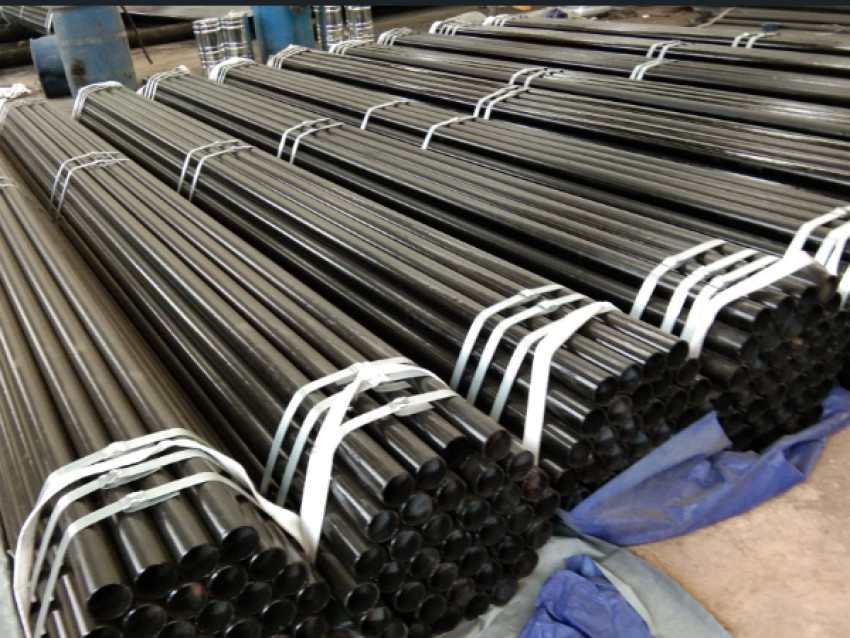
Seamless steel pipes (SMLS) are long strips of steel with a hollow cross-section and no seams around them. Because of this feature of seamless steel pipes, they are widely used in the transportation of oil, natural gas, coal gas, water and some solid materials. Compared with other steel pipes, seamless steel pipes have a strong advantage in bending resistance. Moreover, the weight of seamless steel pipes is relatively light, and it is a very economical cross-section steel. Seamless pipes have many advantages, but also some disadvantages. The advantages and disadvantages of seamless steel pipes will be introduced in detail below.
Advantages of seamless steel pipes:
1. High strength and rigidity
Seamless steel pipes have high strength and rigidity, so they can withstand great pressure and bending force. This feature makes seamless steel pipes an important material for structures such as bridges, buildings and vehicles.
2. Corrosion resistance
Seamless steel pipes have a smooth surface and no seams, so they have good corrosion resistance. It can be used for the transportation and storage of various chemicals, as well as marine engineering and other fields.
3. High temperature resistance
Seamless steel pipes have good high temperature resistance and can maintain stable performance at high temperatures. Therefore, it can be used in various high-temperature occasions, such as steam pipes, heat exchangers, and furnaces.
4. Cost-effectiveness
The production cost of seamless steel pipes is relatively low, so in some occasions where a large amount of use is required, the use of seamless steel pipes can reduce costs. In addition, due to its corrosion resistance and high temperature resistance, the service life of seamless steel pipes is longer, which further reduces costs.
Disadvantages of seamless steel pipes:
1. Difficult processing
Compared with seamed steel pipes, seamless steel pipes are more difficult to process. Because it has no seams, it requires higher pressure and temperature to process. This makes the manufacturing cost of seamless steel pipes relatively high.
2. Impact on the environment
In the process of producing seamless steel pipes, a large amount of energy and water resources are consumed, and some waste and pollutants are generated. This has a certain impact on the environment.
3. Unstable quality
Since the production process of seamless steel pipes is relatively complicated, the quality is sometimes unstable. If there are quality problems in the production process, the entire steel pipe needs to be scrapped or repaired, which will increase the cost.
4. High price
Although seamless steel pipes have many advantages, their price is relatively high. This makes some projects with limited budgets choose to use seamed steel pipes instead of seamless steel pipes.
Wide range of applications:
Seamless steel pipes have an extremely wide range of applications, covering almost all industrial fields that require high strength and corrosion resistance. It is not only used to manufacture high-pressure pipelines, cryogenic pipelines, chemical pipelines, oil pipelines and natural gas pipelines, but is also widely used in the manufacture of automotive parts, mechanical parts and aerospace parts.
In summary, seamless steel pipes have advantages such as high strength, corrosion resistance, high temperature resistance and cost-effectiveness, but they also have disadvantages such as difficult processing, environmental impact, unstable quality and high price. When choosing to use seamless steel pipes, it is necessary to weigh the advantages and disadvantages according to the actual situation.



